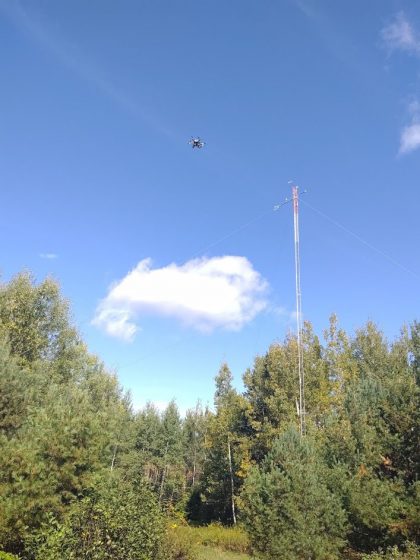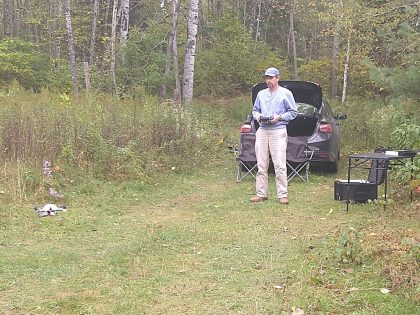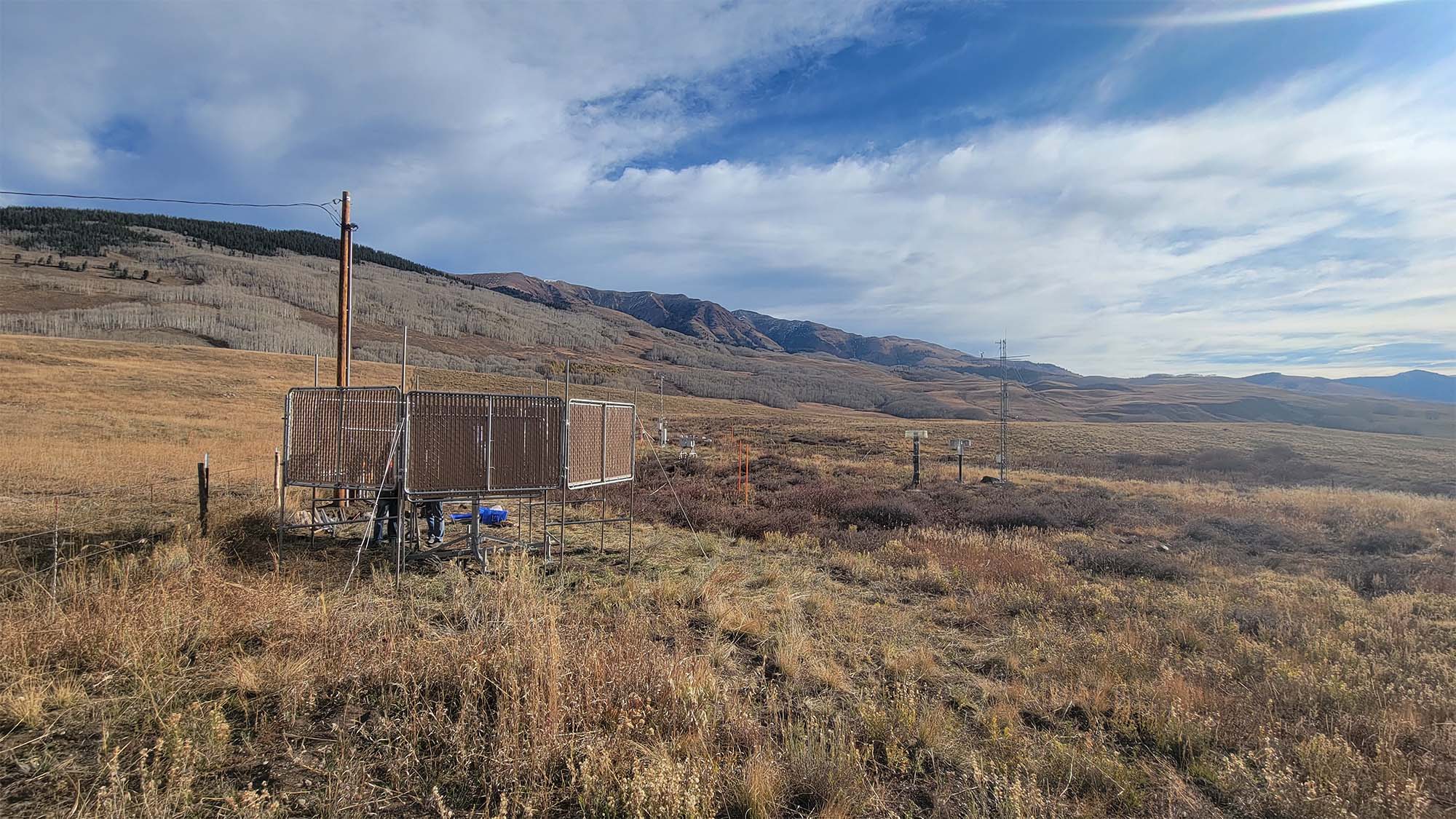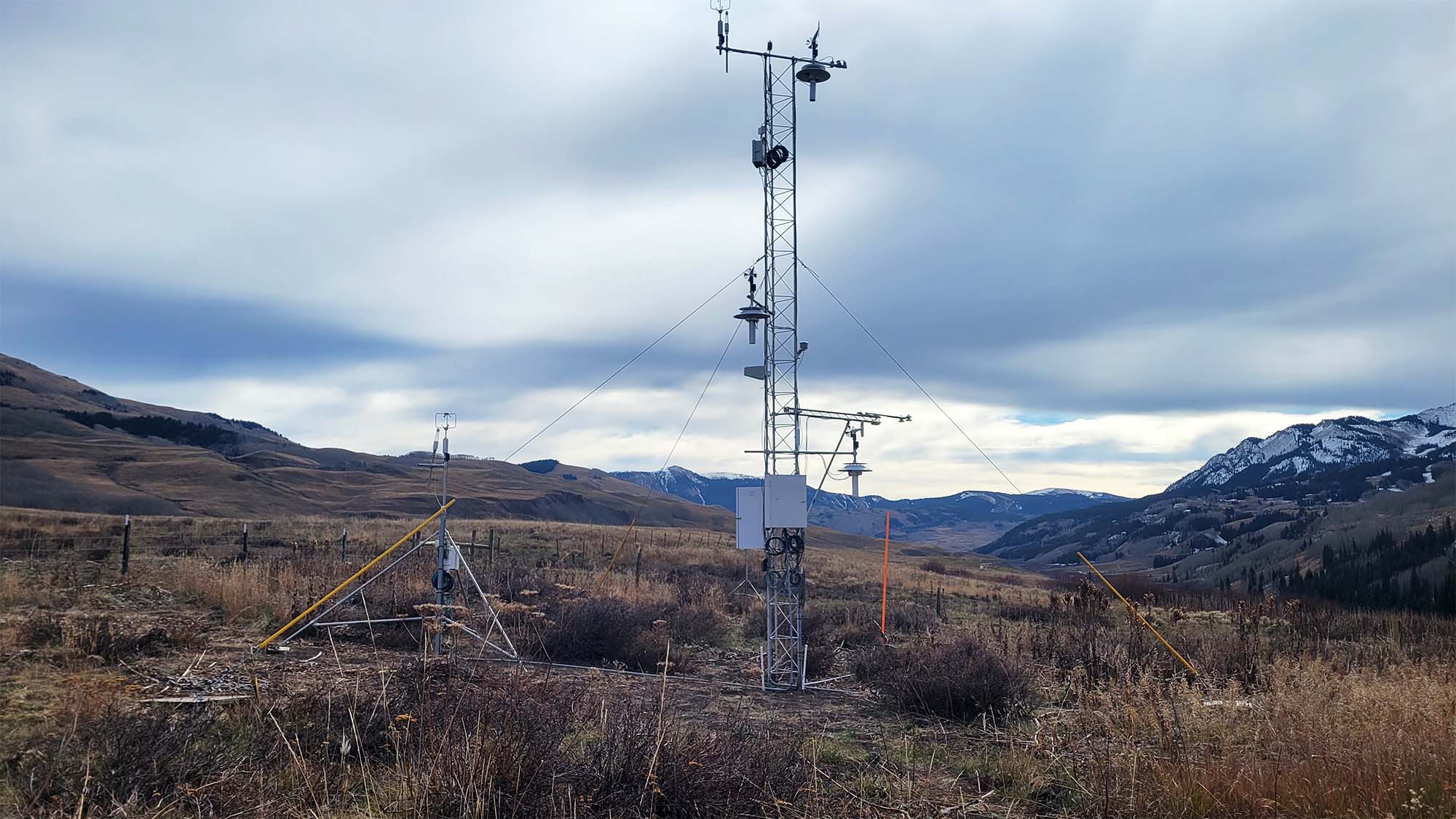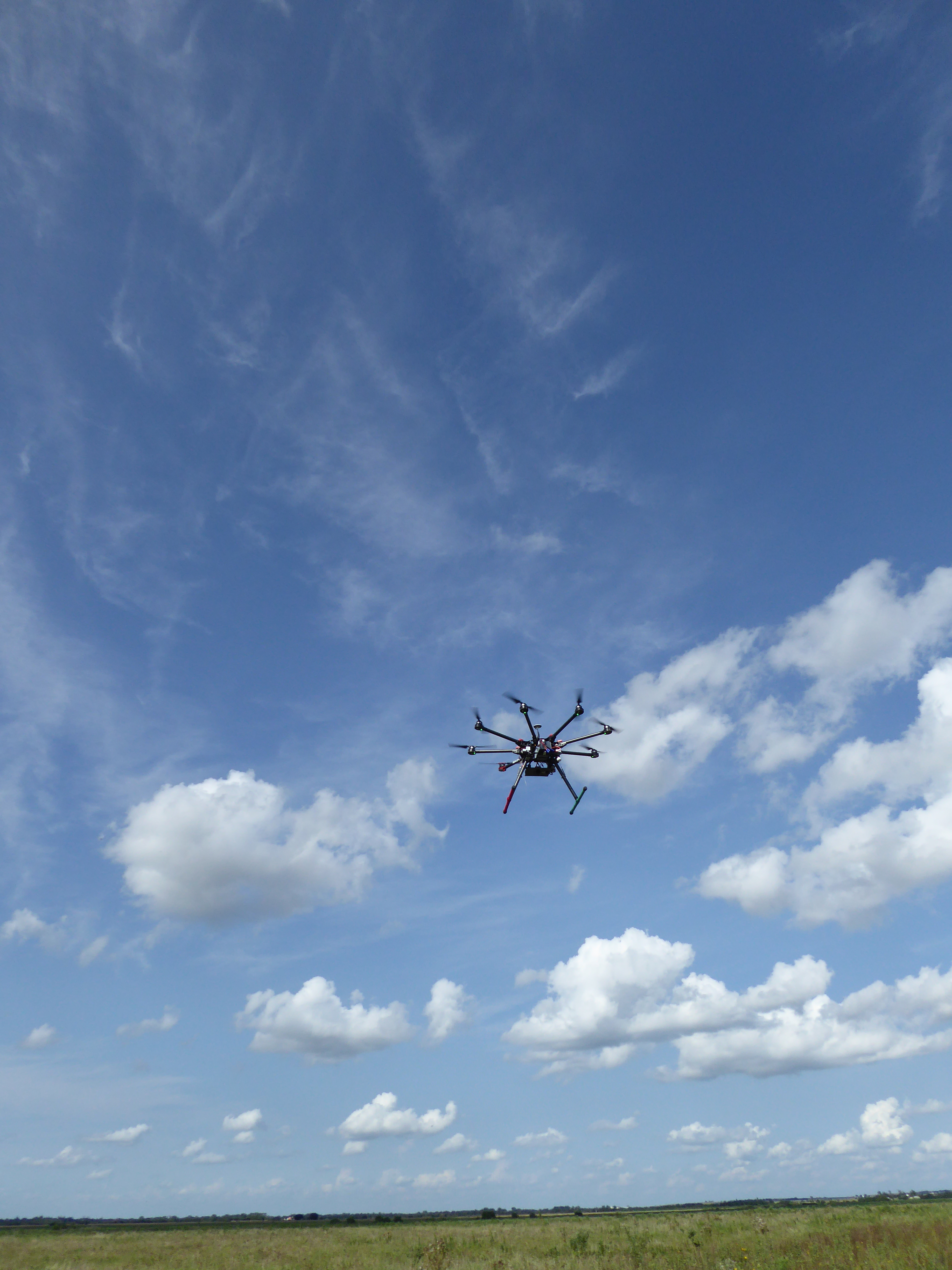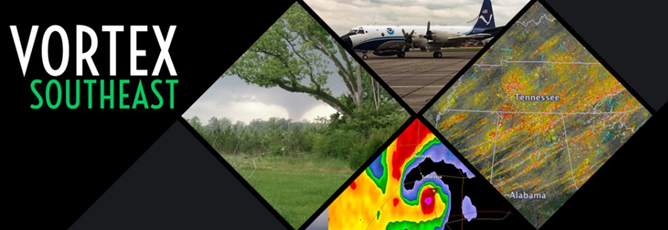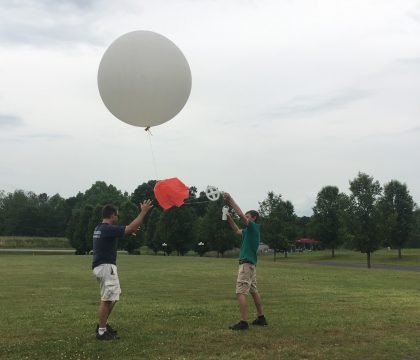Land-Atmosphere Interactions and Feedbacks
ARL partners with other laboratories and universities to develop micrometeorological methods to observe lower land/atmosphere interactions including surface fluxes and controls, better understand the linkages to the boundary layer processes and feedbacks, and to better represent these processes in weather forecasting models. Field experiments are designed to replicate sampling of point measurements known to be highly variable such as soil moisture, soil temperature, and vertical atmospheric gradients. More details about the field experiments in which ATDD has recently been involved are discussed in more detail below.
ARL is also developing new and innovative technologies (UAS platforms and sensors) to observe surface and atmospheric variables (i.e. air temperature, humidity, wind, land surface temperature) and to obtain derived quantities from these measurements (e.g., Normalized Difference Vegetation Index, surface heat fluxes, etc.).



